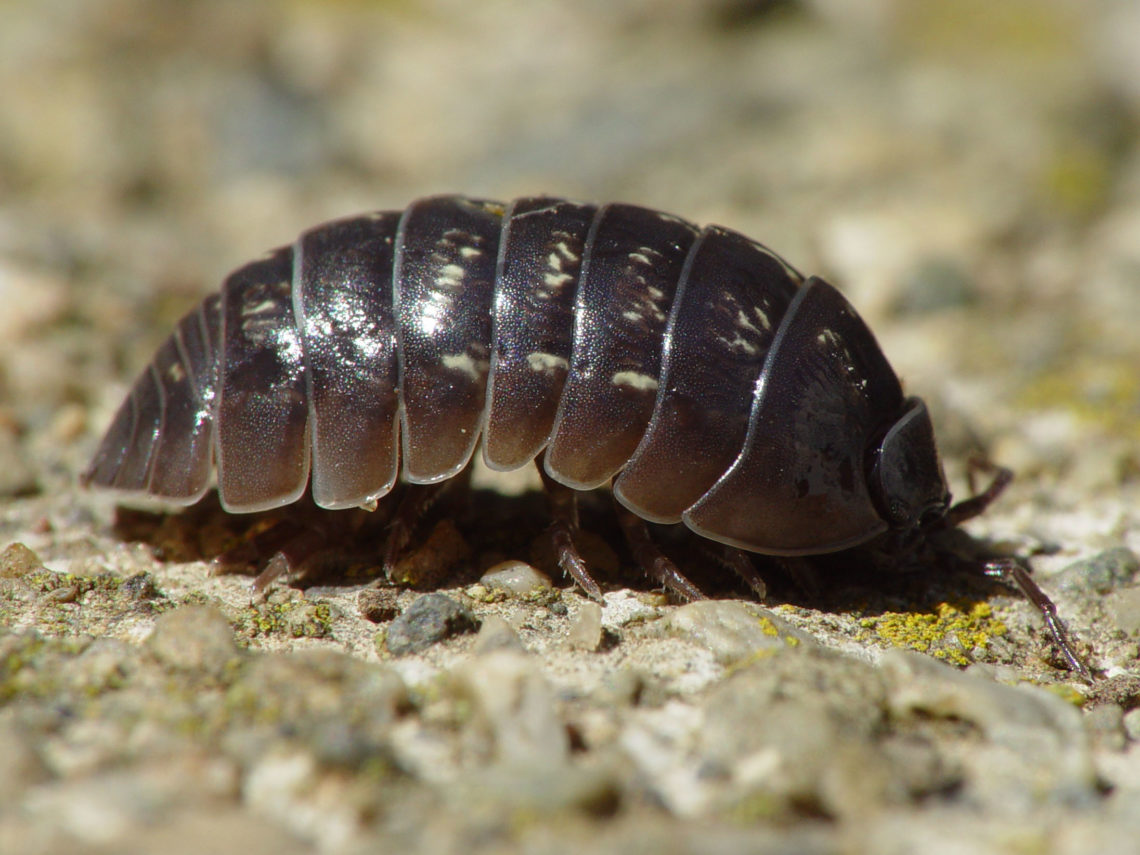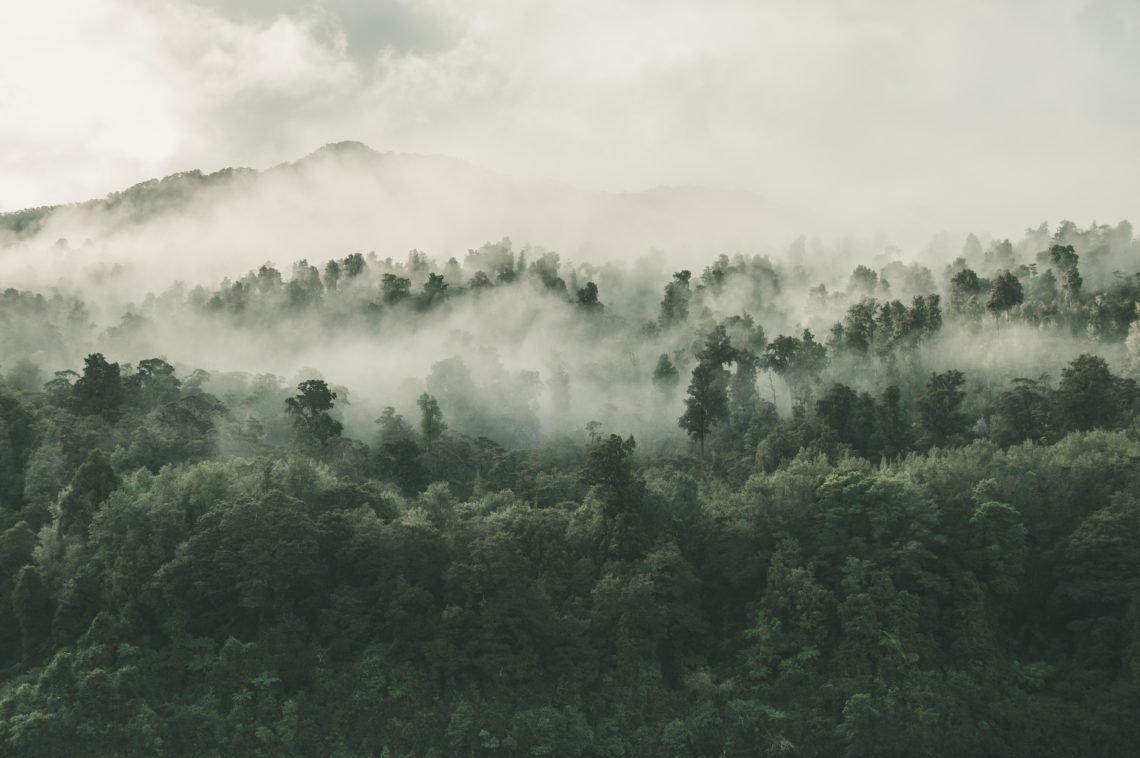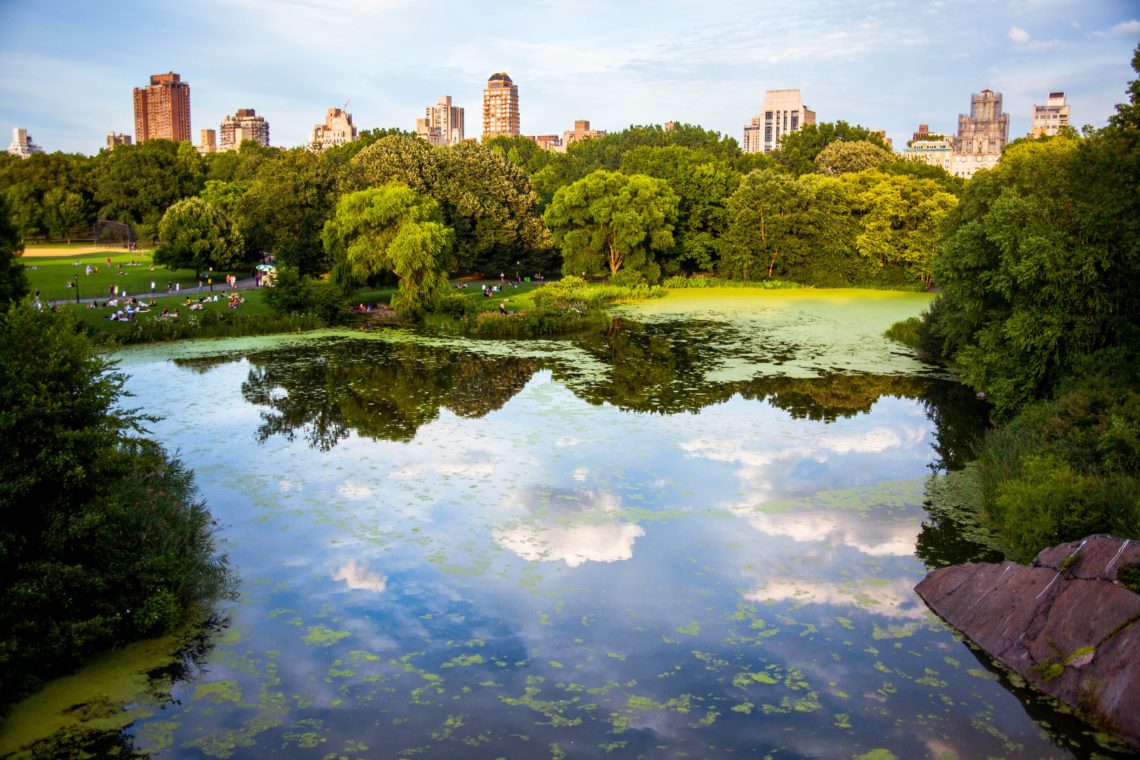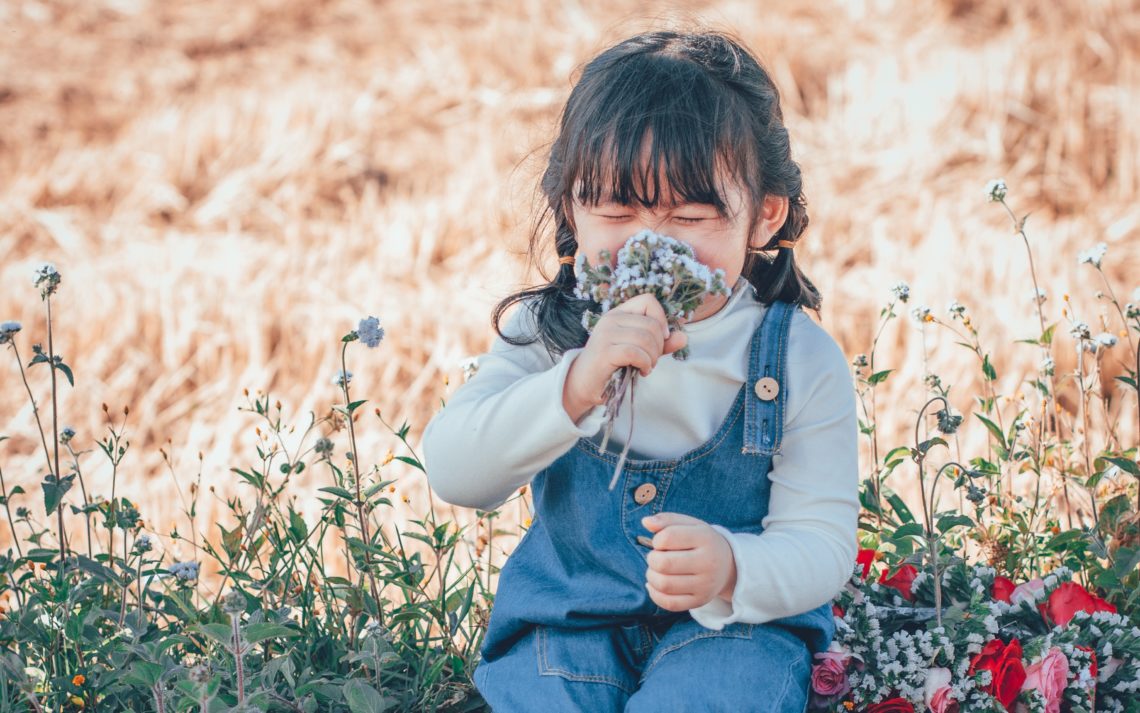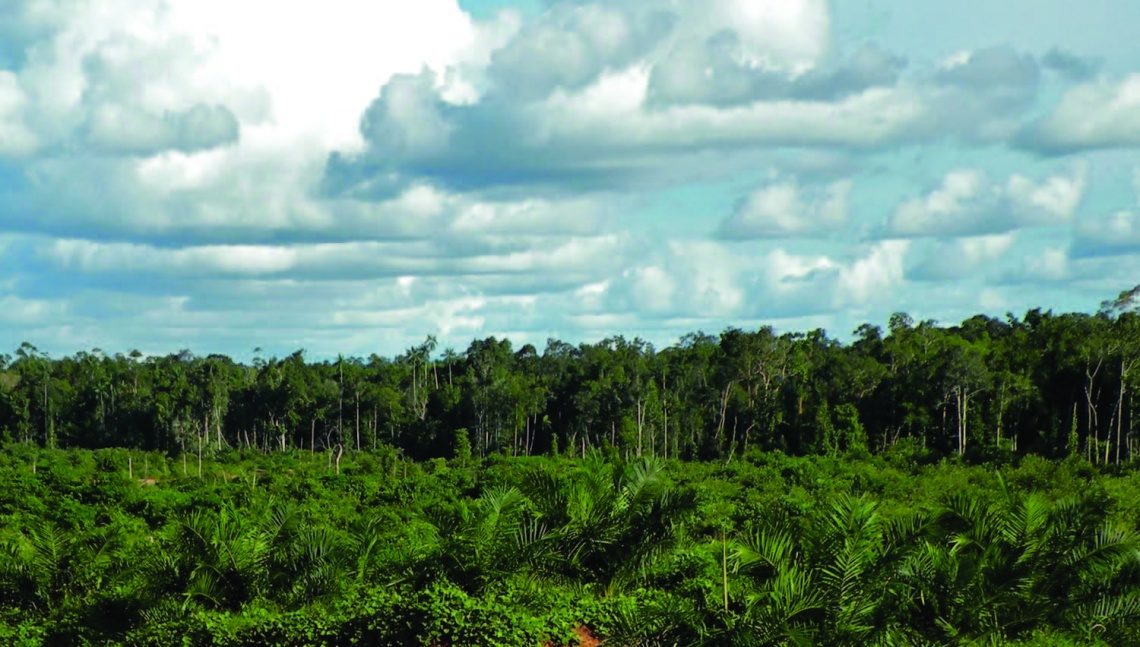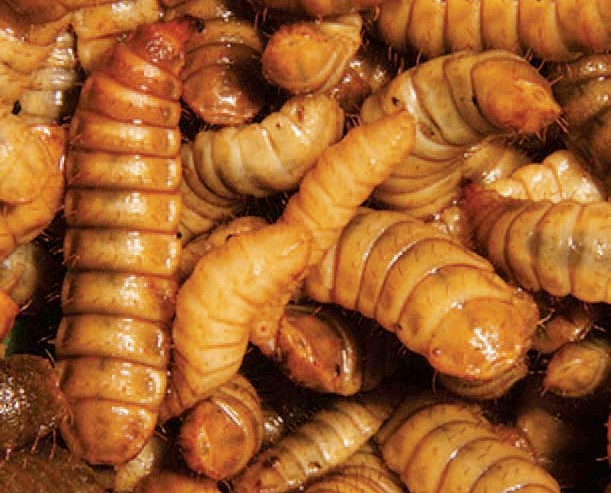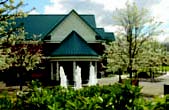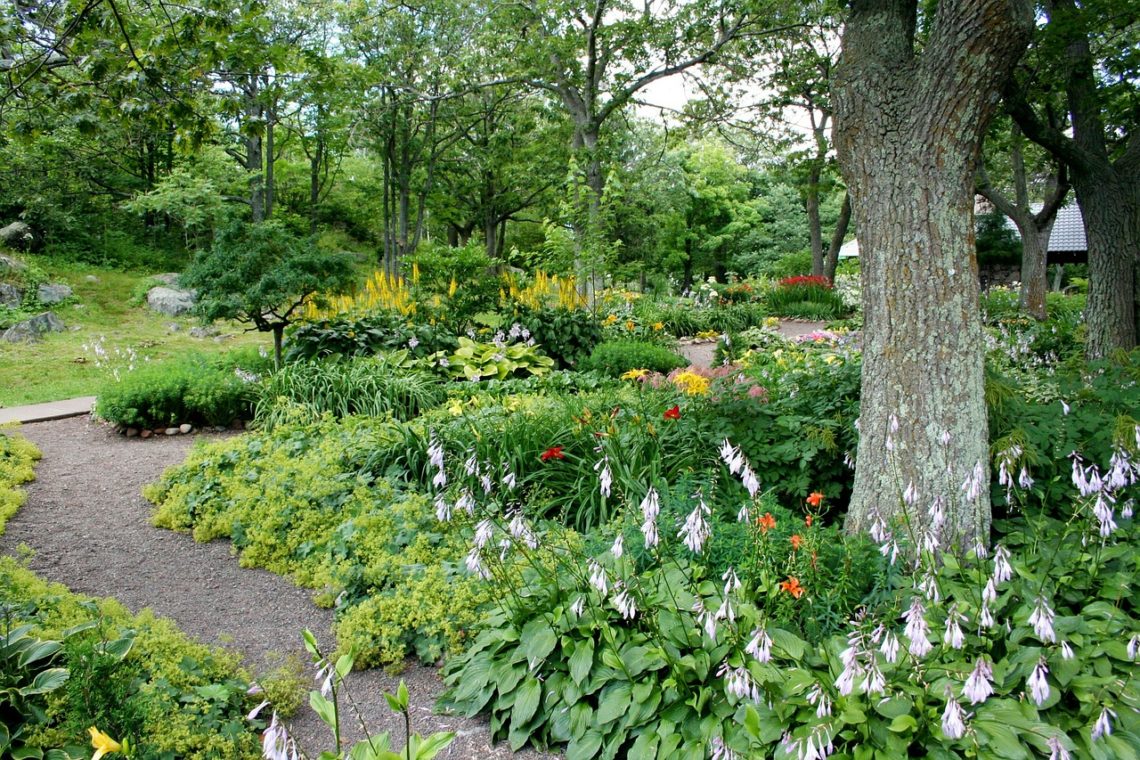Turns out a little bug we don’t think of much is one of the best protectors of soil ever imaginable.
-
-
4 Innovative Ways to Save the Wilderness and Ourselves
At this point, we know humans have had a huge impact on the environment; attempts to mitigate these effects have seen rapid advancement thanks to increasing urgency and ever growing technology.
-
Get Back To Nature, Even While You Live in the City
The crowds and noise of a big city can leave you anxious and with frayed wits. As a nature lover who appreciates your own personal space, the city sometimes leaves you overwhelmed.
-
Planting the Seeds:
One of the gifts of childhood is an eager and natural curiosity of the young learner’s mind. The study of plants is one of the most interesting and accessible activities to engage learners of all ages.
-
Palm Oils: Nutrition vs the Environment
Often palm oils are listed as vegetable oils, or other names, so you can’t always tell palm from the other oils.
-
Black Soldier Flies or Me and My ‘Maggots’
I love compost. Specifically, my compost, the product of backyard alchemy. I fuss, fidget, adjust and probably take as much pride in rolling the finished product through my fingers as I do picking the vegetables that grow so healthily in my garden.
-
Vancouver Water Resources Education Center
If you haven’t been to this hidden jewel at 4600 SE Columbia Way in Vancouver, put it on your list and visit. It opened its doors in February 1996, in concert with a new, innovative and advanced Marine Park Water Reclamation Facility, but many people have yet to discover it. Their mission: Teach people of all ages how to better care for and make wise decisions about water. They do this with interactive exhibits, aquaria swimming with fish, classroom laboratory, toddler-friendly Puddles Place, inspiring White Sturgeon gallery, natural gardens, wildlife-friendly wetlands and more! Inside and outside, the Water Center is brimming with things for visitors of all ages to do…
-
Landscaping for Wildlife
This article was published in the Summer 2008 issue of the Green Living Journal. With suburban sprawl fragmenting and reducing wildlife habitat, what we do in our yards is very important for the survival of wildlife. Suburban yards are usually stripped of most of their topsoil and little concern is given to wildlife when planning a new landscape. The typical yard has a large lawn area with a few ornamental plants providing little ecological value. By landscaping with nature we can provide some of the necessities for wildlife survival, as well as, creating an aesthetically pleasing environment for people. When designing an ecological landscape, the vertical levels should be emphasized…
-
Purple Wind Turbines May Be Less Likely to Harm Birds
Researchers Chloe Long, Dr. James Flint, and Dr. Paul Lepper, all colleagues at the Loughborough University in the United Kingdom, conducted experiments to learn whether color might play a role in attracting insects to wind turbines. They measured how many insects were attracted to different colored cards laid out in random order next to a 43-foot-tall three-blade wind turbine. The experiments showed that insects are most attracted to yellow followed by white and light gray. The researchers discovered that the color least attractive to insects was purple and reasoned that wind turbines painted purple would likely kill fewer birds and bats: Birds and bats are often hit when…

